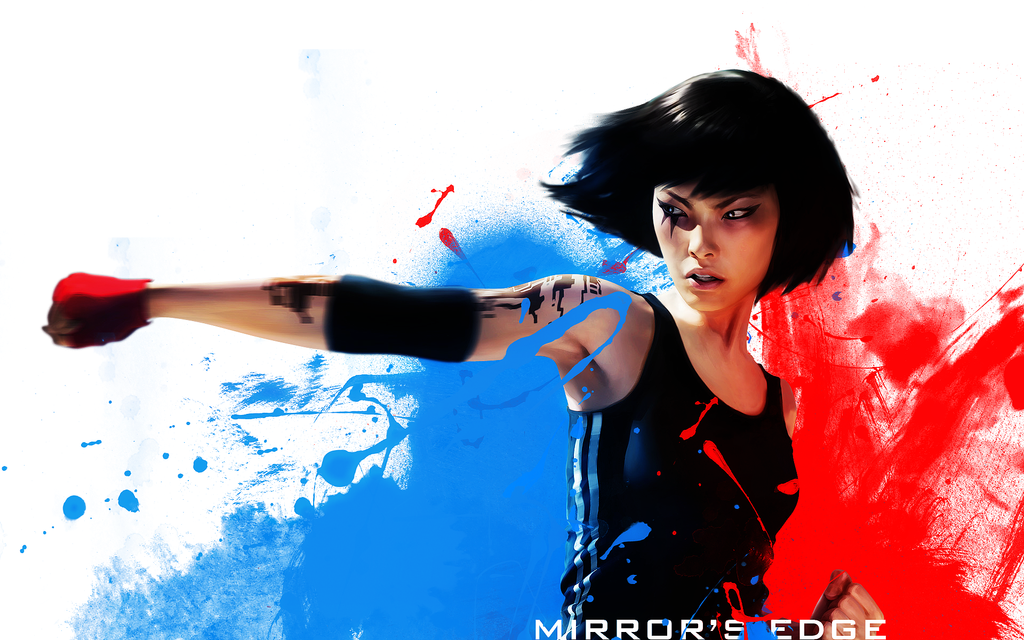I’ve been playing video games since I was 10
years-old, and I almost play every single night for about 2-3 hours, which I
should probably shorten now that I’m in college and struggling with getting
papers done, but I can’t pull myself away from something that enjoy. My family
members have asked me many times before, why I like video games so much? My
answer would usually be “cause it’s fun” or “it’s like watching a movie or
reading a book, but you have a say on what’s about to happen next”, but now (as
I type this post) I begin to really think of the reasons as to why I’m so
enthralled with video games. I could’ve been obsessed with style/ clothing
(fashion), or sports, or comics, or manga/anime, or anything that people my age
are enchanted by, but why games? Well, after looking over my previous posts on
my blog, it’s safe to say that I love a good game with an awesome story and
games that offer the player the chance to play the way they want to play
(hopefully that made sense), but is there anything else? After carefully
looking over the games that I currently possess for my Xbox 360, I realized
that most of them have a feature where they allow players to become immersed with the gameplay in
games. So for the sake of this post (and myself), I’ll be exploring more about ‘immersion’
and how it relates to video games.
What’s
Immersion?
The actually definition for immersion is “the state
of being deeply engaged or involved; absorption.”[1] So
since I’m trying to connect this concept to video games, it’s basically the state
of when someone is completely focused or submerged in the reality that’s taken
place in the virtual world provided by a game.
 |
| Courtesy of www.gamedesignideas.com |
“The idea that a game (or any other media from books
to movies) creates spatial presence when the user starts to feel like he is
“there” in the world that the game creates.”
Jamie Madigan, author of Getting Gamers: The Psychology of
Video Games and Their Impact on the People Who Play Them,
has written a very interesting article called The Psychology of Immersion in Video Games, where he talks more about immersion or “spatial
presence” and the many different characteristics that cause this presence to
activate in the minds of gamers, such as multiple channels of sensory
information, completeness of sensory information, cognitively demanding
environments, and a strong and interesting narrative, plot, or story.[2]
For more info on what
these things are, check out the link up-above.
My
Overall Understanding of it All
I’ve been lately playing
this game called Mirror’s Edge (I absolutely love
it!) that I feel makes me really understand and experience what it’s like to be
really immersed in game.
You play as Faith (the protagonist),
a Runner “living off the grid on the rooftops of the city” that makes a living
off the fast lane by “working as a burglar, courier and corporate spy.”[3]
As you play the game, you don’t see Faith, but you play and see the world
through Faith’s eyes, which can further enhance the experience of feeling that
you’re in the game. Here’s a video to see what I mean:
Alrighty! That’s the end
of this blog post! Keep Calm and Game On!
 |
| Courtesy of DeviantArt User: kerokid |
[1] "immersion". The American Heritage®
Science Dictionary. Houghton Mifflin Company. 28 Nov. 2015.
<Dictionary.com http://dictionary.reference.com/browse/immersion>.
[2] Madigan, Jamie. "The Psychology of Immersion in
Video Games." The Psychology of Video Games. 27 July 2010. Web. 29
Nov. 2015. <http://www.psychologyofgames.com/2010/07/the-psychology-of-immersion-in-video-games/>.
[3] "Experience the Rise of Faith." Mirror's
Edge. Electronic Arts Inc., 15 June 2015. Web. 30 Nov. 2015.
<http://www.mirrorsedge.com/news/experience-the-rise-of-faith>.









